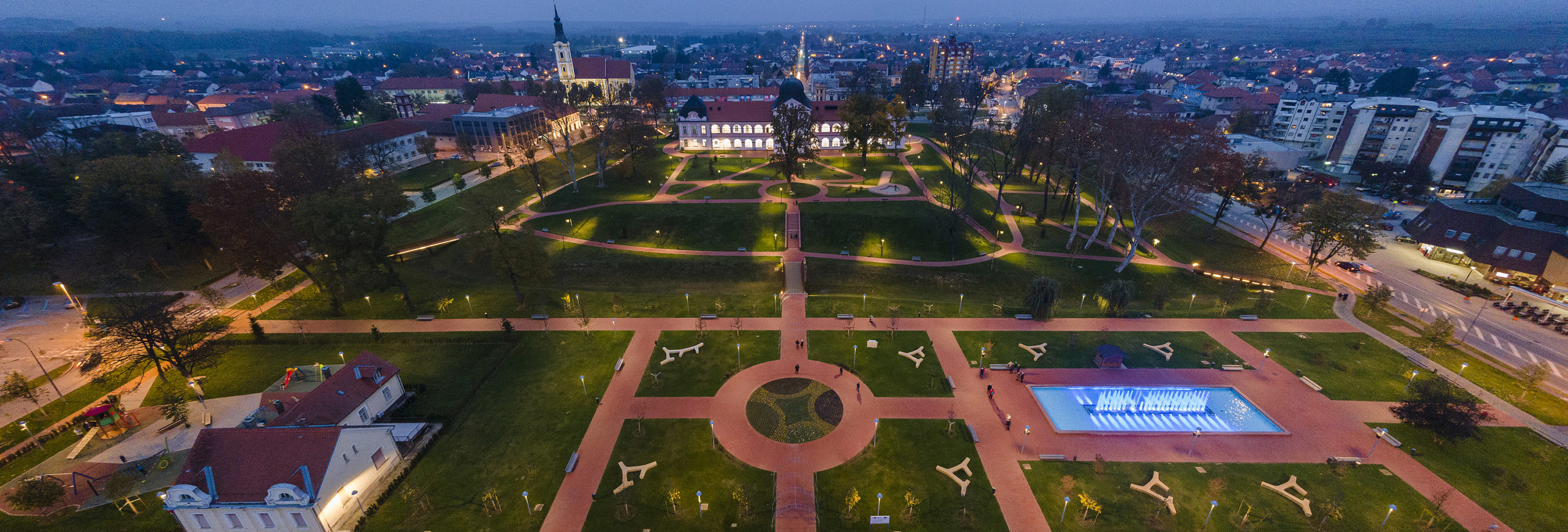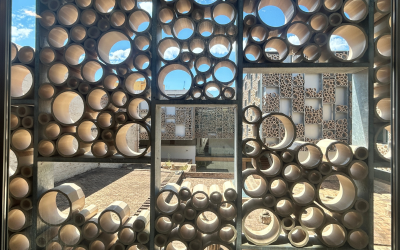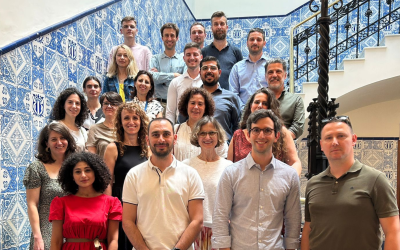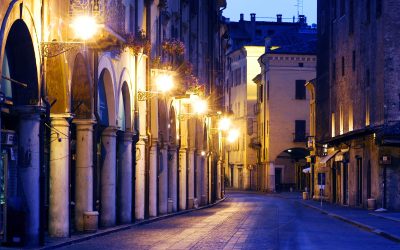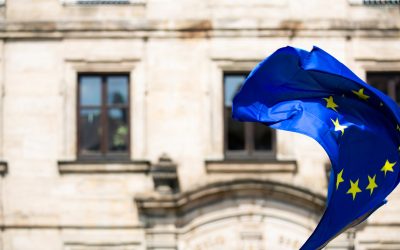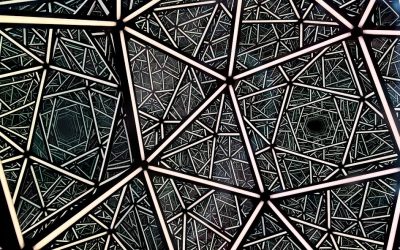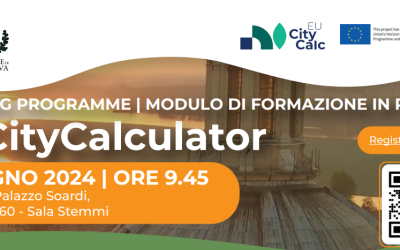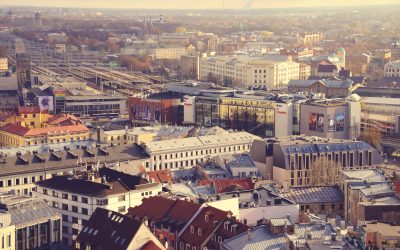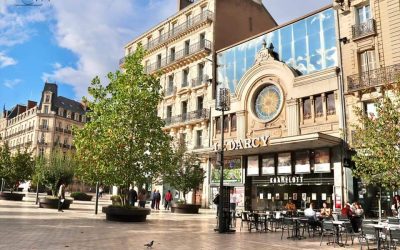How EUCityCalc is helping these Croatian cities in their green transition
Three Croatian cities – Varaždin, Koprivnica, and Virovitica – have chosen to join the EUCityCalc project to boost their efforts to achieve the green transition. Each one has a unique identity and important environmental and energy challenges to face.
Nestled in northwestern Croatia, Varaždin overlooks the Drava River. It is the historical, cultural, educational, economic, sports, and tourist hub of Varaždin County – Croatia’s oldest county. This picturesque city stands at the crossroads of four significant historical regions: Štajerska, Zagorje, Međimurje, and Podravina. The city thrives as an industrial center, excelling in food production, construction, textiles, metalworking, and wood processing.
Founded in the 13th century, Koprivnica lies in the northeast of Croatia, approximately 50 kilometers southeast of Varazdin. Its economy is deeply rooted in agriculture, animal husbandry, pharmaceuticals, wood, paper, leather, metal industries, and construction material production.
Virovitica serves as the cultural, political, sports, and administrative heart of Virovitica-Podravina County, in northwestern Croatia. Located in a lowland and plain area, Virovitica represents the westernmost part of Slavonia, bordering the region of Podravina. The city’s economic pillars include the wood and textile industries, brick manufacturing, tobacco production, and various agricultural endeavors.
Data-gathering and stakeholder engagement will support the green transition of these Croatian cities
Energy efficiency in the building sector, upgrading water utility infrastructure, educating citizens on waste reduction, and addressing the limited electrification in transport are the major challenges that these Croatian cities aim to address.
These cities are proud founders of REAN, an organization dedicated to supporting their energy planning and climate neutrality goals. Their involvement in the EUCityCalc project is driven by the desire to empower their policies and decisions to achieve climate neutrality. By participating indirectly through REAN, they aim to adopt innovative data-gathering methods, engage stakeholders effectively, and integrate project outcomes into their Sustainable Energy and Climate Action Plans (SECAPs).
The EUCityCalc project empowers these cities to plan and implement measures more effectively, enhancing the quality of life for their residents. This includes raising community awareness of high-level carbon emissions and the integration of new technologies for sustainable living. Both social and economic indicators will play a key role in this long-term transformation.
Public officials, authorities of pilot and other cities, and local and regional energy agencies have been involved in co-creation workshops. Their collaboration is fundamental to identifying and addressing challenges, ultimately shaping the path towards climate neutrality.
The EUCityCalc project aligns with other initiatives, leveraging the experiences and tools gained through this project in energy planning documents. It builds upon previous collaborations, like REAN’s C-Track 50 project, which focused on supporting public authorities in developing, financing, and implementing sustainable energy and climate policy action plans. These interconnected efforts ensure a holistic approach to achieving climate neutrality by 2050 for these Croatian municipalities.

